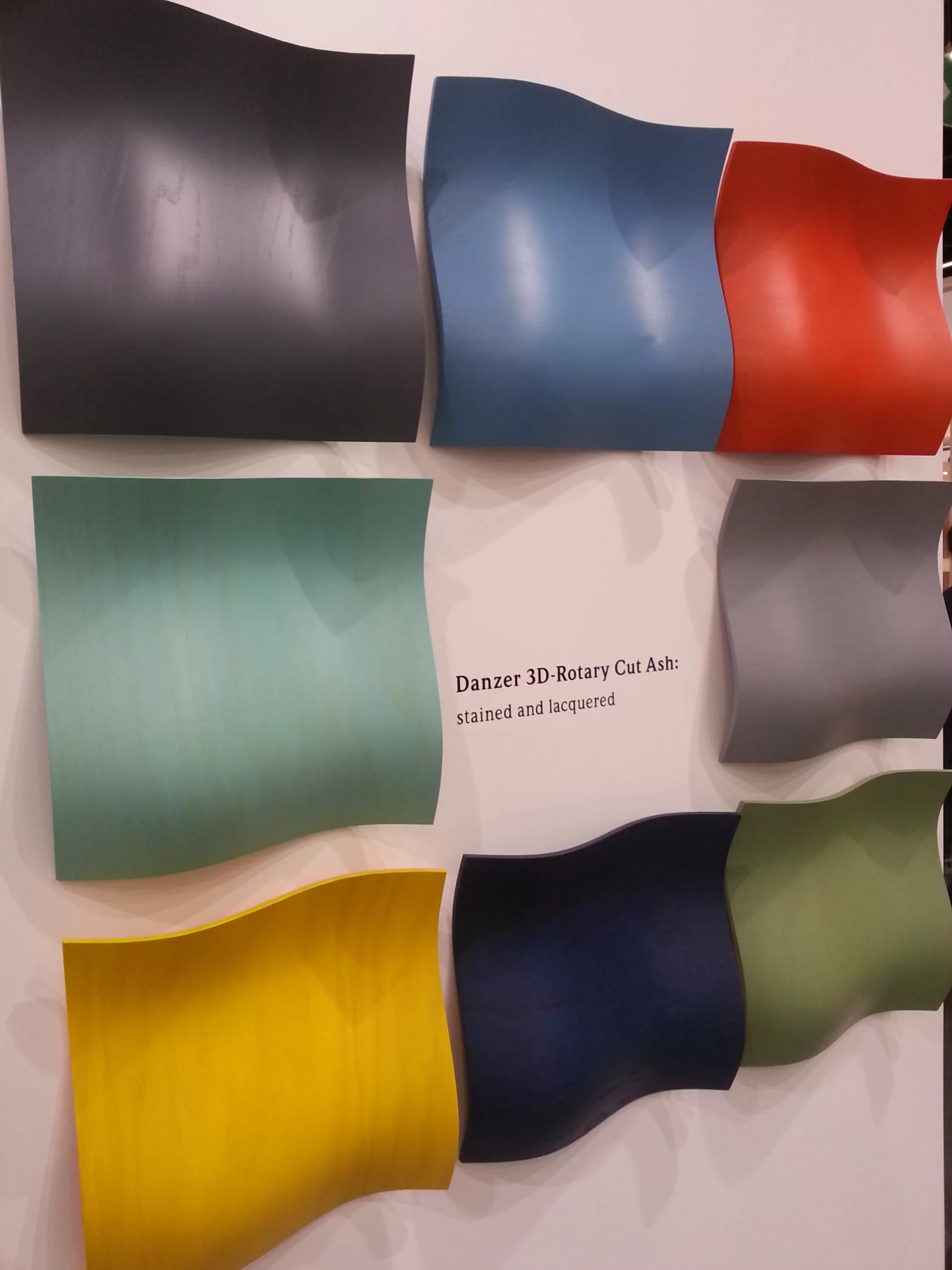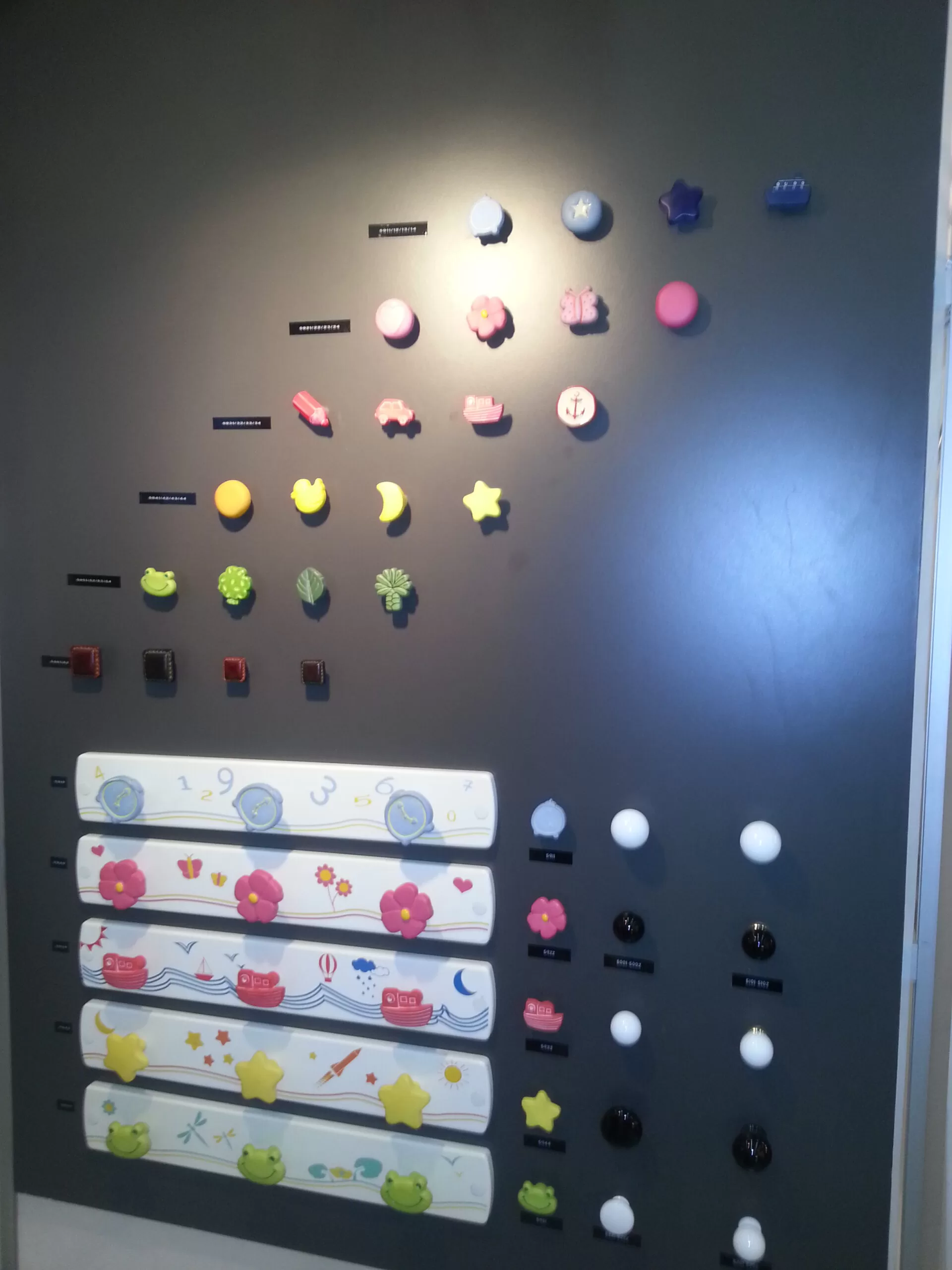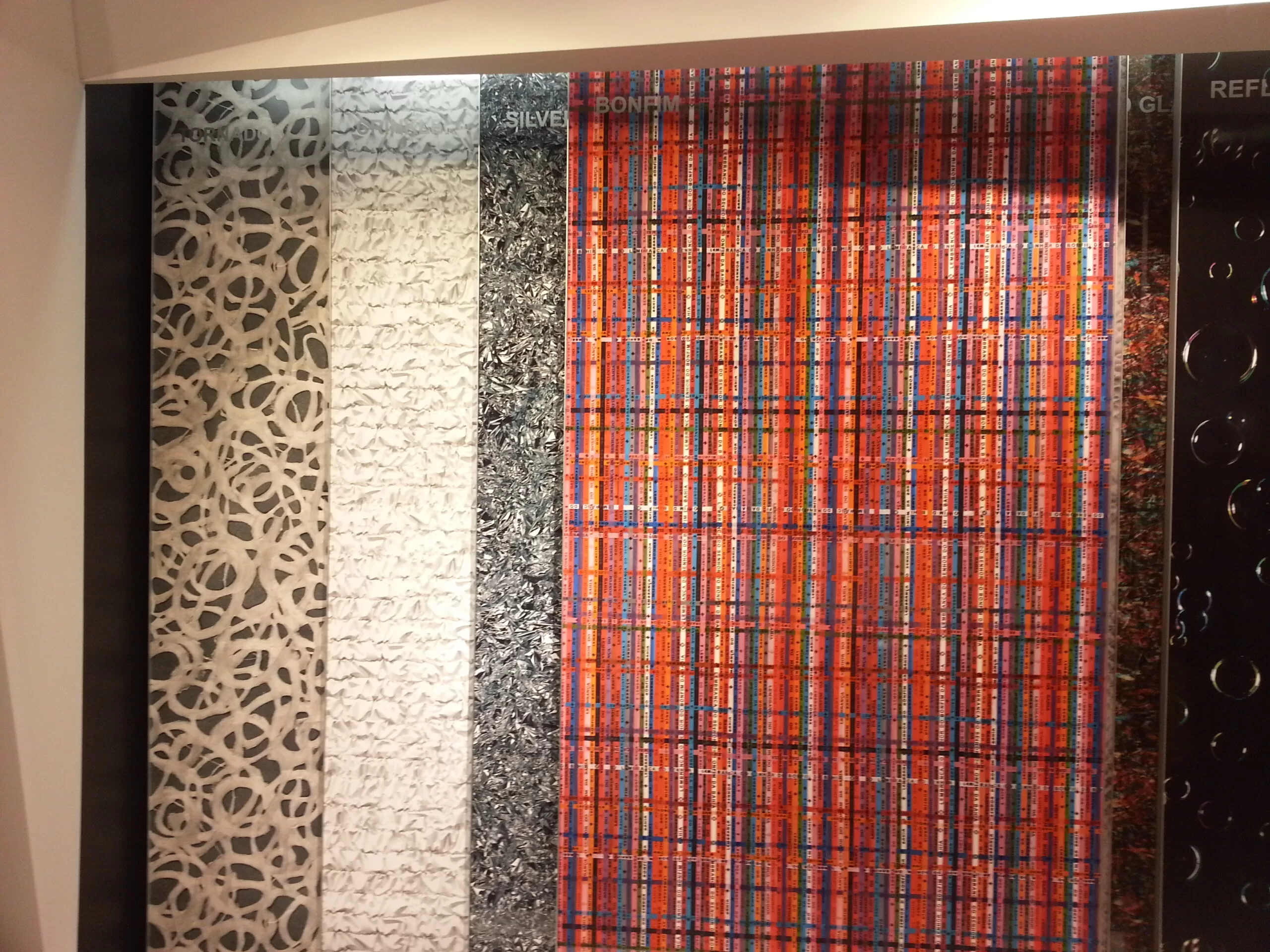
Two years ago at Interzum, everyone was raving about the “return to nature”, adding “the family is back and texture is good”.
And it was nice – a pleasant change from the bling that had endured, the monochromatic look and the almost sterile environment in which we found ourselves.
But colour is definitely back. We’ve spoken about texture and how it jumped to another level at this years show but colour was also everywhere – in door samples, in panelling and, more than ever, in handles.

Designers know that colour has a great affect over their clients, as well as their own feelings. Colours can change and bring forth a variety of emotions. When you are choosing what colour to paint a bedroom or living room, or what finishes to use in your client’s kitchen or bathroom, it pays to give some thought to the colour scheme before you decide on one which one to recommend – and here are a couple of reasons why.
Every person has a different reaction to each colour based on physiological, psychological, sociological and cultural influences.
For example, a person who is colourblind views colours differently to one who is not (and, interestingly, how many of you ask your clients this potentially awkward question?). So their physiological reaction will need to be taken into account.
A psychological response can be recollection of events or memories that are associated with various colours. For example, if a person was in a car accident as a child, and the car was blue, that colour can trigger emotions of fear and anxiety.
Different societies and cultures associate colours with different meanings. For example, in Chinese culture white is associated with mourning, whereas in Western culture white is a sign of innocence and purity.

So, as a designer, the “colour” question can be a vital discussion to have with your client and we’re curious about how many of you go about tackling this subject. It can involve asking some very personal questions, with the potential that some clients won’t understand why you need to know. How many questions are enough and how many are too many? Do you have a particular way you introduce the topic or do you just “wing it” based on how the client meeting goes?
Let us know how you handle the colour question.





































